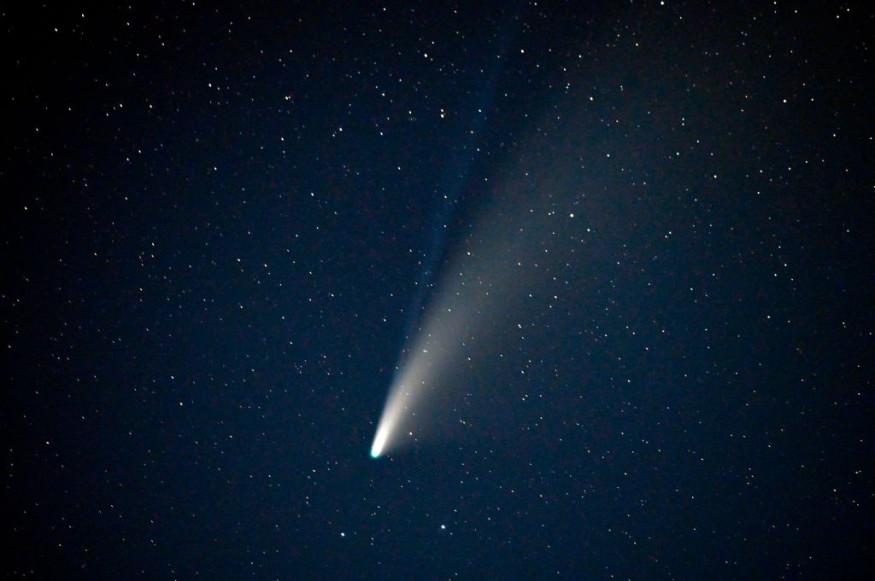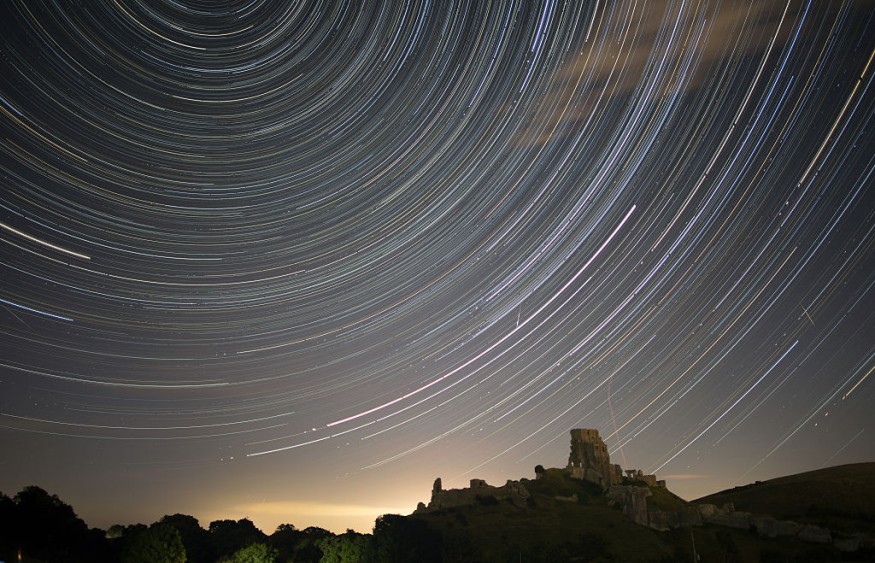Scientists intend to look for an interplanetary meteor that impacted Earth in 2014 at the ocean's depths. The object struck the water in 2014, not far from the coast of Papua New Guinea.

According to data gathered at the time, the meteorite may be an interstellar object. If so, it would be the first interstellar object known on Earth and just the third known (after Oumuamua and Borisov). Although it would be a long shot to start an underwater expedition in search of it, the scientific benefits may be huge.
CNEOS 2014-01-08 Comet
The putative interstellar object, known as CNEOS 2014-01-08, is thought to have been roughly half a meter in width. Harvard professor Avi Loeb and then-graduate student Amir Siraj were the first to identify the object's probable interstellar origins. Its exceptionally high heliocentric velocity, or the fact that it was traveling at rates that suggested it might not be constrained inside the Sun's gravitational well, led Siraj and Loeb to draw this conclusion using catalog data on the object's journey.
There is a caveat, though. Data from a US Department of Defense spy satellite meant to track the military activity on Earth provided the information needed to calculate the object's collision with the planet. The US military is hesitant to let the specific capabilities of its satellite be made public; hence the measurement's exact error numbers remain a closely held secret. However, many scientific community members continue to be understandably reluctant to formally designate CNEOS 2014-01-08 as an interstellar object without this information. As a result, Siraj and Loeb's article is still unpublished since it hasn't gone through peer review.
Studying Confidential Data

The US Space Force's Chief Scientist for Space Operations Command, Joel Mozer, inspected the confidential data in April 2022 and "verified that the velocity estimate supplied to NASA is sufficiently accurate to imply an intergalactic trajectory," which gave credence to their allegation.
The US Space Command verified that in April 2022, CNEOS 2014-01-08 traveled across interstellar space.
Siraj and Loeb were persuaded of the object's interstellar origin by the US Space Force's statement, which was sufficient to convince them of its origin despite the official scientific classification of CNEOS 2014-01-08 appearing doomed to remain in limbo for the time being. They have since proposed strategies for discovering the object and studying it closely.
Upon Entry
The meteorite would have burnt up in large portions when it entered the atmosphere of Earth, probably leaving just shards that are now dispersed throughout the ocean floor. However, there is still some optimism since the tracking information from the satellite, along with details on the wind and ocean currents, can give a feasible search area of only 10 km by 10 km. More crucially, it is anticipated that the shards will be magnetic, making it possible for a ship trawling with a powerful magnet to collect the tiny meteorite bits from the ocean floor. To carry out their proposal, Siraj and Loeb have partnered with an ocean technology consulting firm.
Loeb stated that such a search could give us "the opportunity to put our hands on the relic and figure out whether it's natural, whether it's a rock, or whether, you know, a small fraction of those [interstellar objects] might be artificial" in an interview with Universe Today from last year.
Loeb has made a lot of noise in recent years regarding the possibility that extraterrestrial intelligence may have constructed artificial interstellar objects like CNEOS 2014-01-08, Oumuamua, and Borisov. One of his primary scientific interests as the leader of the Galileo Project is the lookout for signs of intelligent life elsewhere in the cosmos. However, some of his astronomical peers have criticized him for some of his most outlandish assertions. In this case, Loeb isn't speculating that CNEOS 2014-01-08 is an extraterrestrial artifact.
Even If
In their most recent work documenting the ocean excursion, he and Siraj conclude, "This discovery does not suggest that the first interstellar meteor was purposely created by a sophisticated society and not natural in origin." But Loeb believes that discovering the thing and having a look wouldn't be harmful.
Even if it turns out to be merely a rock, which is by far the most likely scenario, it would still be a useful piece of new information about the makeup of rocky things outside our solar system.
For more Space news, don't forget to follow Nature World News!
© 2025 NatureWorldNews.com All rights reserved. Do not reproduce without permission.





